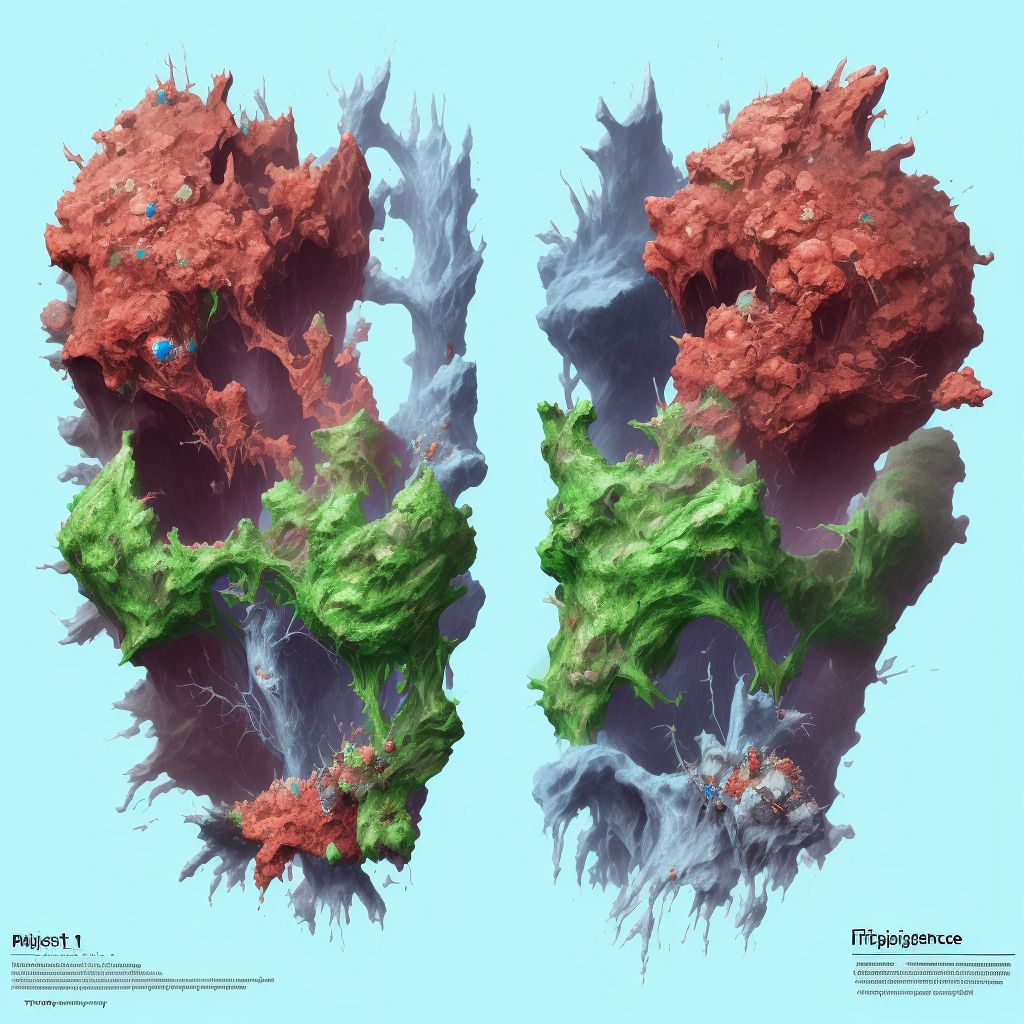
Displaced fracture of right tibial tuberosity, subsequent encounter for open fracture type I or II with delayed healing Save
ICD-10 code: S82.151H
Disease category: S82.151: Displaced fracture of right tibial tuberosity
Displaced Fracture of Right Tibial Tuberosity, Subsequent Encounter for Open Fracture Type I or II with Delayed Healing
Fractures are common injuries that can happen to anyone. Displaced fracture of the right tibial tuberosity is a type of fracture that occurs when the tibial tuberosity, a bony bump at the top of the shinbone, is separated from the bone. This type of injury can be caused by direct trauma to the front of the knee or by sudden contraction of the quadriceps muscle.
If left untreated, a displaced fracture of the right tibial tuberosity can result in delayed healing or non-healing. This means that the bone may take longer than usual to heal or may not heal at all. In some cases, the bone may heal but not in the correct position, leading to chronic pain, weakness, and difficulty walking.
Open Fracture Type I or II
An open fracture is a type of fracture where the bone is broken and penetrates through the skin. This can lead to a risk of infection and delayed healing. Open fractures are categorized into different types based on the severity of the injury and the extent of soft tissue damage.
Type I open fractures involve a small, clean wound that does not require extensive soft tissue debridement. Type II open fractures involve a larger wound with extensive soft tissue damage that requires thorough cleaning and debridement.
Subsequent Encounter for Open Fracture Type I or II with Delayed Healing
A subsequent encounter for open fracture type I or II with delayed healing means that the patient is returning to the doctor for further treatment after the initial injury. This can happen if the bone is not healing properly or if there is an infection that needs to be treated.
- The doctor will assess the extent of the injury and determine the best course of treatment.
- This may involve surgical intervention to repair the bone and soft tissue damage, or it may involve non-surgical methods such as casting or bracing.
- The patient will need to follow a strict rehabilitation program to regain strength and mobility in the affected area.
- The doctor will monitor the patient's progress through regular check-ups and imaging studies to ensure that the bone is healing properly.
If you suspect that you have a displaced fracture of the right tibial tuberosity or any other type of fracture, it is important to seek medical attention immediately. Early diagnosis and treatment can help prevent delayed healing and complications.
Treatment of Displaced fracture of right tibial tuberosity, subsequent encounter for open fracture type I or II with delayed healing:
Treatment Options for Displaced Fracture of Right Tibial Tuberosity
Displaced fracture of right tibial tuberosity is a serious condition that requires immediate medical attention. This type of injury occurs when the bone in the knee joint breaks away from the rest of the tibia, causing severe pain and swelling. If left untreated, it can lead to long-term complications such as chron...
To see full information about treatment please Sign up or Log in